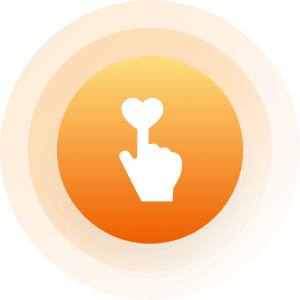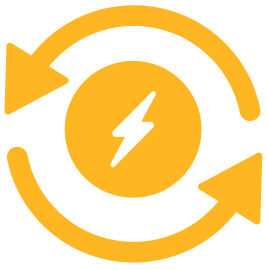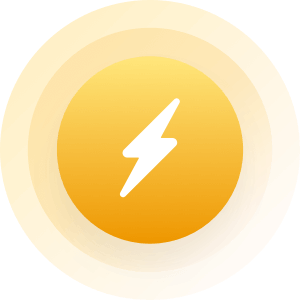| Topic: Mama, Tell Me Again About 'Social Security' ... | |
|---|---|
|
Edited by
Kings_Knight
on
Tue 05/11/10 02:00 PM
|
|
|
Why yes, children, Social Security is a GOOD thing that will be there to take care of us in our old age ... you know, when 'society' will treat us like detritus from a leftover automobile accident that they can't wait for the fire department to show up and hose down the scene to remove ... But YOU want to know what that funny-looking NUMBER they give you means, don't you ... ? Well, here's the explanation from their own lips ... try to be polite while you listen ...
~~~~~~~~~~~~~~~~~~~~~~~~~~~~~~~~~~~~~~~~~~~~~~~~~~~~~ http://www.socialsecurity.gov/history/ssa/yourss55.html Your insurance record starts when you apply for a social security account number. You fill out an application form in which you give identifying information about yourself and usually you give the form to a person in a Social Security District Office or you may mail it to such an office. The District Office person checks the completeness of the application and then fills in a pre-numbered social security account number card with your name and the date. The number on your card is transcribed on to your application. Maybe you are a little curious about the number. Maybe you wonder if it has any special significance. Well, it has. The social security account number always has nine figures. It is broken, by means of dashes, into three parts. The first part, called the "area" number, consists of three figures, the second part, known as the "group" number, is of two figures, while the third part, called the "serial" number, has four digits. The "area" number indicates the state in which you first filed your application for a social security account number. In the more sparsely populated states only a few "area" numbers have been assigned. In the more densely populated states many "area" numbers are assigned. New Mexico, for example, has, at present, only one area number assigned to it and that is the number "525". On the other hand the state of New York has been given eighty-five "area" numbers, ranging from "050" through "134." There is no special significance, from the standpoint of geographical or other coded data, attached to the "group" or "serial" numbers. They are significant, however, in that they identify you as an individual. That particular series of figures in your social security number is never assigned to anyone else and it is always kept in your name. By separating the account number into three groups, it helps to reduce the possibility of transposing figures when the employer copies his worker's number onto his payroll records and when he copies it onto the informational portion of his social security tax return. When you fill in your application for a social security number, you are setting into motion an assembly line of machines for setting up your social security records. Your application for a number and a copy of your social security account number card are forwarded to the Division of Accounting Operations in Baltimore by the Social Security District Office that issued the number. Their receipt is checked against an advice of transmittal and then they are given to a punch machine operator. She puts some of the information on your application into a code form in order that it may take up less space on your records. For example, your sex is coded. If you are a male you are given the code symbol "1" to indicate your sex whereas if you are a female your code for sex is "2". Your color and your date of birth are also coded and finally a code is given you for your last name. The code for the surname, known as the "Soundex" code, classifies your name by the major consonants in it. The code consists of the initial letter of your last name, and three digits representing the first three significant consonants in your name. If you do not have three consonants in your surname after the initial letter then zeroes are added to your code to make up a three digit figure. In this system of coding the vowels and the letters "H" and "Y" are not coded. The other consonants are classified by sound. Like sounds are grouped together. After the coding has been completed, the machines take over and mechanical record keeping gets under way. |
|
|
|
|






